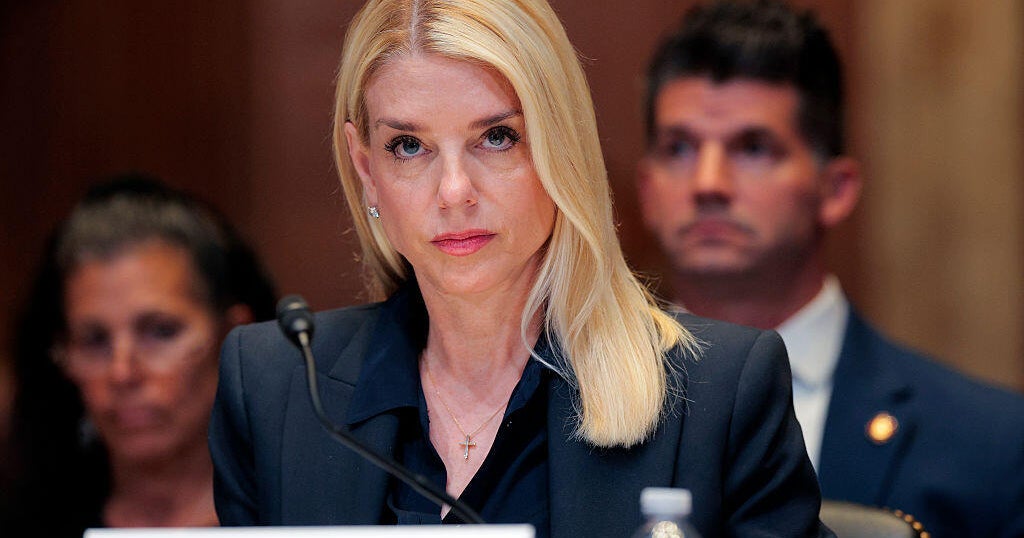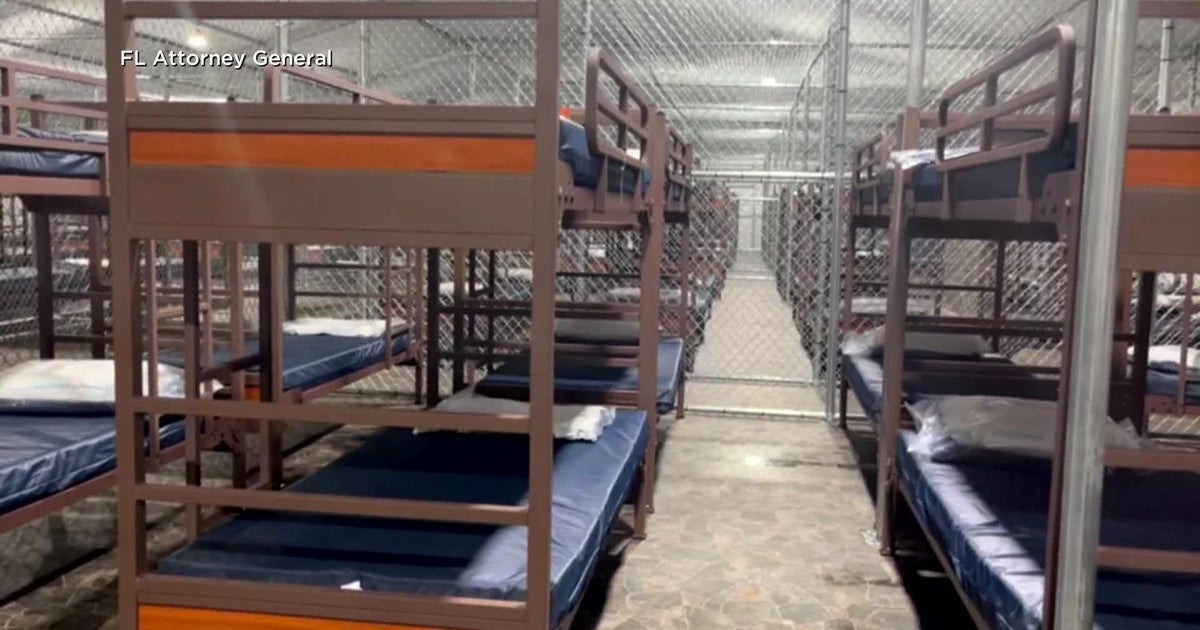
Ravi Thakur was delivering lunch tiffins to doctors at the hospital when a passenger aircraft took off from a nearby airport and, moments later, crashed into a dining facility where his mother, Sarla Ben Thakur, worked as a cook.
The crash and subsequent inferno killed her, along with Mr. Thakur’s daughter, Adhya. There had been a small swing for Adhya in the corner of the kitchen, where she could be watched while her parents were out delivering the food her grandmother cooked.
In the weeks since the June 12 crash in Ahmedabad, India’s worst aviation disaster in nearly three decades, Mr. Thakur’s time has been spent on seeking answers to how such a thing could happen: a plane falling from the sky, killing at least 260 people, including all but one of 242 onboard.
The preliminary investigation report released on Saturday — the day the family would have celebrated Adhya turning 2 — left families like Mr. Thakur’s unsatisfied.
The report said that fuel was switched off to both engines within seconds of takeoff, and that the airplane started losing thrust before it had even crossed the airport’s perimeter.
But it had no answers as to how the fuel was switched off, or why. The report included only a brief, confusing snippet of the conversation recorded in the cockpit between the pilots, where one asks whether the other moved the fuel switch, to which the second responds that he hadn’t.
The report said the investigation would continue and further evidence would be reviewed. Conclusive answers in plane crash investigations take months and, in some instances, years.
“The fuel pump was shut off. That’s what they are saying,” Mr. Thakur, 32, said on the phone from Ahmedabad. “But how can that be possible? That within seconds it was working fine, and then all of a sudden it was shut off.”
“They must do a fair and thorough investigation,” he said. “Can you imagine — someone’s mother, someone’s son, someone’s daughter, and in some cases entire families, have been wiped off.”
Among those on board that day was Dr. Nirali Patel, a 32-year old dentist who had been living in Ontario, Canada. Dr. Patel, who had moved to Canada after completing studies in India, had returned to Ahmedabad to visit relatives. She is survived by her husband and baby son.
“The report doesn’t give us anything so that we can understand what exactly happened,” said Umang Patel, her brother. “We were hoping for more than this.”

Don Patel, a family friend, said he found the report’s findings “strange.” The fact that pilots were deemed fit to fly, and the apparent confusion in the cockpit about how fuel had been cut, seemed to conflict: “If all those precautions have been taken, then why did this happen?” Mr. Patel asked.
The loss has left Mr. Thakur and his wife shellshocked. They had nothing to do with the flight, with international travel being beyond their means.
In the days after the crash, the focus shifted to the same hospital where Mr. Thakur delivered food. It was the site of a morgue where the remains of victims had been moved, most so badly damaged that hundreds of DNA tests were required to sort out who was who. It took more than three weeks after the crash for all the victims to be identified.
Every day, Mr. Thakur arrived at the hospital, dazed and aching. In the confusion of an overwhelmed bureaucracy that had no answers, he looked to the doctors he had befriended while delivering their lunches.
In a hospital corner, he would quietly coordinate over the phone with a doctor to come see him. Soft-spoken, with a gentle smile, he would repeat the story of what had happened to his mother and daughter. The doctors listened patiently; there was little to do but await DNA results.
His wife’s blood pressure repeatedly dropped, and he had to take her to the hospital. His son, Madhav, had questions.
“My wife keeps crying,” Mr. Thakur said. “Madhav asks me ‘Where is my sister, Papa?’ We tell him she is at the mess and will be back soon.”
Only on June 19, a week after the crash, was he notified that the bodies of his relatives had been identified, allowing the family to perform their final rites.
On the day the preliminary report came out, Mr. Thakur’s social media feed was full of pictures he and his wife had taken with Adhya.
There is one of Adhya feeding Mr. Thakur an orange Popsicle, grinning at her father’s exaggerated response to the chill. There is a collage of different moments in her short life — as a baby arriving at home from hospital, a wrapped bundle in her mother’s arms; in a lilac dress and black shoes, propped on her father’s lap with her mother next to her. “Happy birthday, Adhya. Miss you too, child,” the poster says.
“I would have fed her noodles and taken her to the park,” Mr. Thakur said.
Pranav Baskar contributed reporting.









-3.png)



